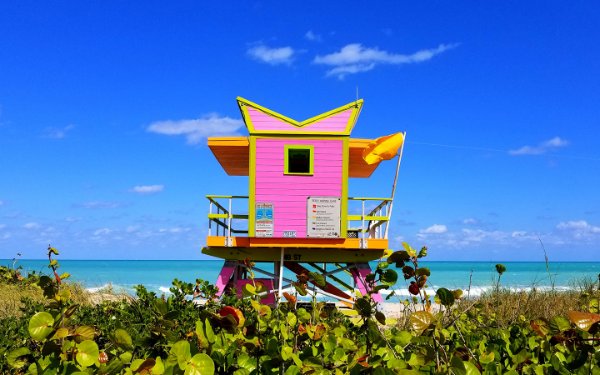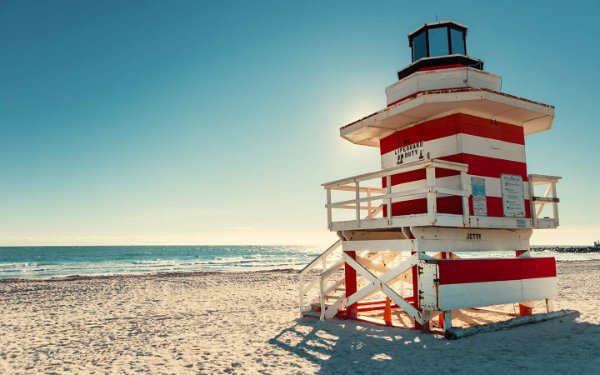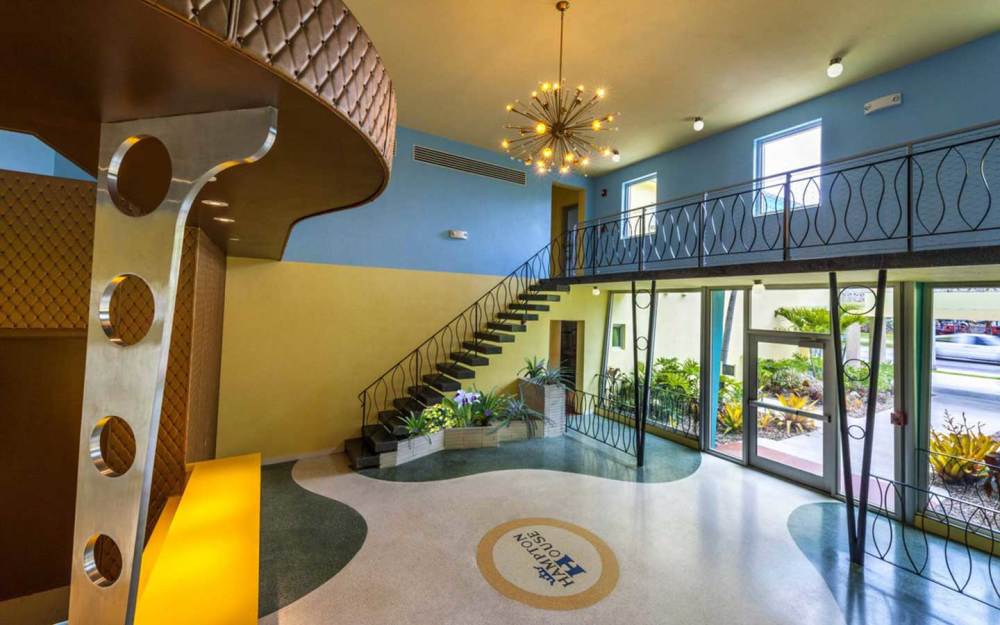
Historic Hampton House
Arts & Culture
Explore the historic Hampton House in Liberty City
Let’s go back in time to dazzling 1960s Miami. Recall icons like Frank Sinatra, Sammy Davis, Jr. and the rest of The Rat Pack cavorting around Miami Beach’s glittering nightclubs. It was in Miami Beach in 1964 when Muhammad Ali—then still called Cassius Clay—defeated defending heavyweight world champion Sonny Liston and claimed the title for himself for the first time. He made his home in Miami and famously trained at the Fifth Street Gym in South Beach with Angelo Dundee to become “The Greatest of All Time.”
The 1960s were also a tumultuous time in Miami with racial inequality and segregation laws strictly enforced. While Ali had his star-making win in Miami Beach that night in 1964, he was not allowed to spend the night in Miami Beach because of Jim Crow’s segregation laws. He went instead to the Hampton House Motel in Brownsville, just outside of Liberty City on the mainland, to celebrate with his friend Malcolm X. It’s said that he enjoyed a bowl of ice cream to mark his big win. Ali also had a home in Brownsville that still stands today.
During this time, the Hampton House was the place to see and be seen in Miami’s black community, replacing the former hotspots of Historic Overtown, like the Sir John. Historic Overtown’s community began to fall into disrepair as the more affluent members of the neighborhood migrated to Liberty City in the 1960s after the opening of Liberty Square apartments.
Liberty City and The Hampton House’s Heyday
While Miami Beach was in the spotlight for its musicians and nightclub acts, it was Liberty City and the Hampton House that the black performers returned to when the show was over. These musicians included Sammy Davis, Jr., Sam Cooke, Nat King Cole and many others. Berry Gordy, founder of MoTown Records stayed here, and DJ China Valles broadcast a live jazz show from the club on radio station WMBM.
Not only Ali, but other athletes also visited the Hampton House, including Jackie Robinson, Joe Louis and Althea Gibson. It wasn’t just a celebrity hangout, though. It was a hotspot for people of the neighborhood on weekend evenings and after church on Sundays.
The two-story, 50-room Miami Modern-style inn had a jazz club, restaurant and a swimming pool. Martin Luther King, Jr. was famously photographed in his swim trunks enjoying a dip in the pool. While the Hampton House was a hotspot for entertainment and known as the “Social Center for the South,” it was also the sight for weekly meetings by the Congress for Racial Equality. Dr. King visited often during the early 1960s and delivered a version of his “I Have a Dream” speech at the Hampton House in 1960 before his legendary oration at the March on Washington in 1963.
The Hampton House: Today and Tomorrow
As segregation laws lifted in the late 1960s, many prominent members of Liberty City’s black community dispersed to other Miami neighborhoods, leaving the area in economic blight. The Hampton House eventually closed in 1976 and remained an abandoned shell of a building into the early 2000s. Threatened with demolition, an advocacy group declared the block a protected historical sight in 2002 and was eventually purchased by the county.
The Hampton House is a valuable piece of Miami’s black history and it’s the only segregated hotel of that era still standing today. It holds architectural significance as an example of the Miami Modern style. Architect Robert Karl Frese went onto design other hotel brand properties including Days Inn and Holiday Inn. The restoration of the Hampton House will soon be a point of pride once again for the Liberty City community.
By: Shayne Benowitz





















